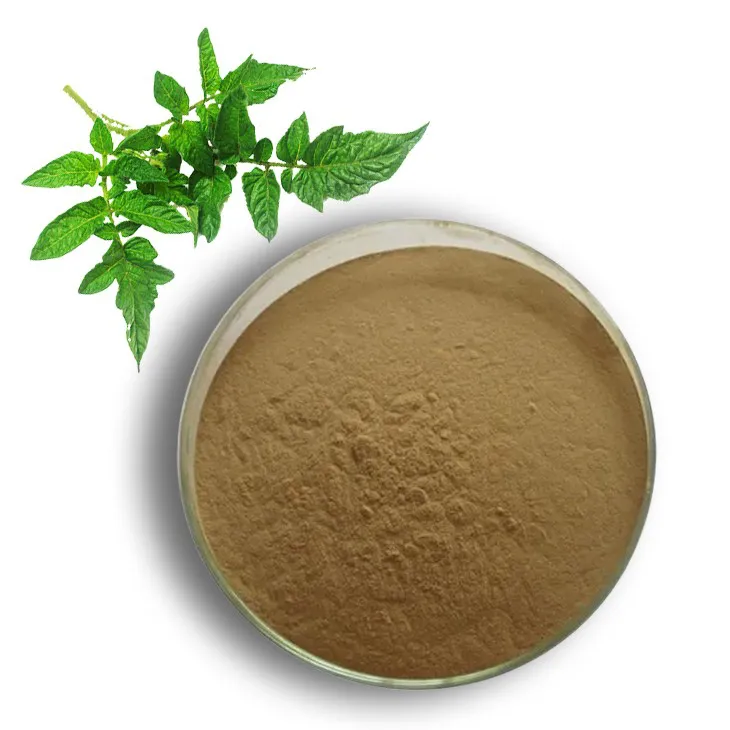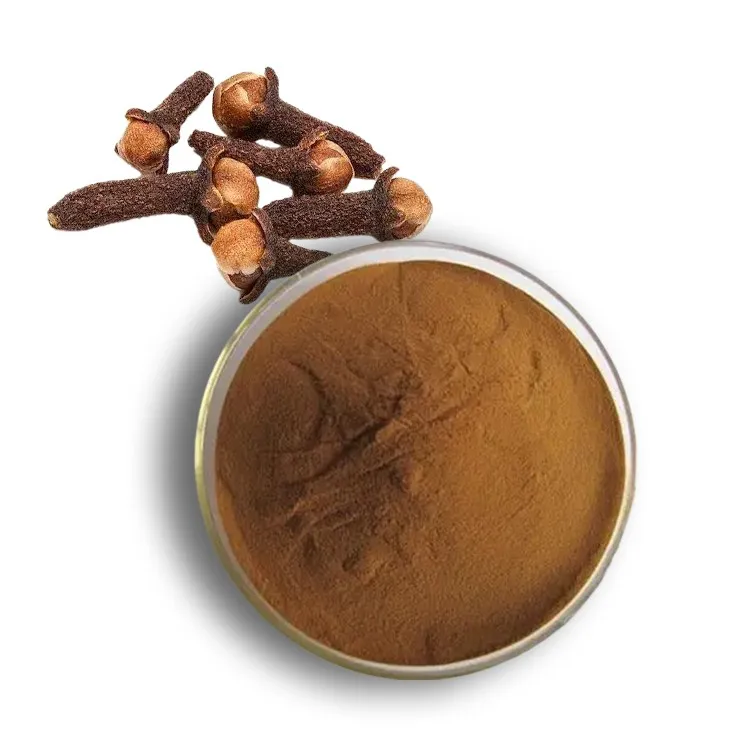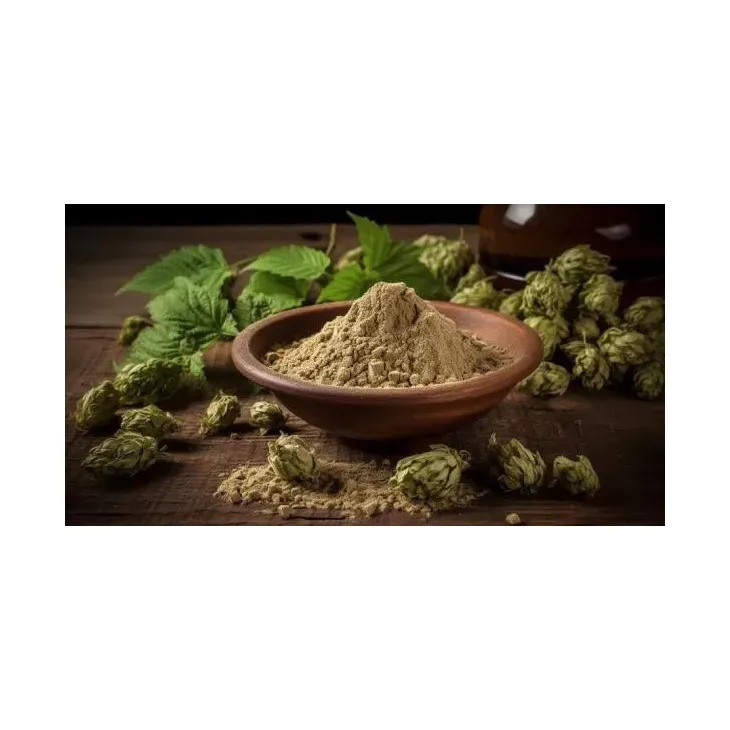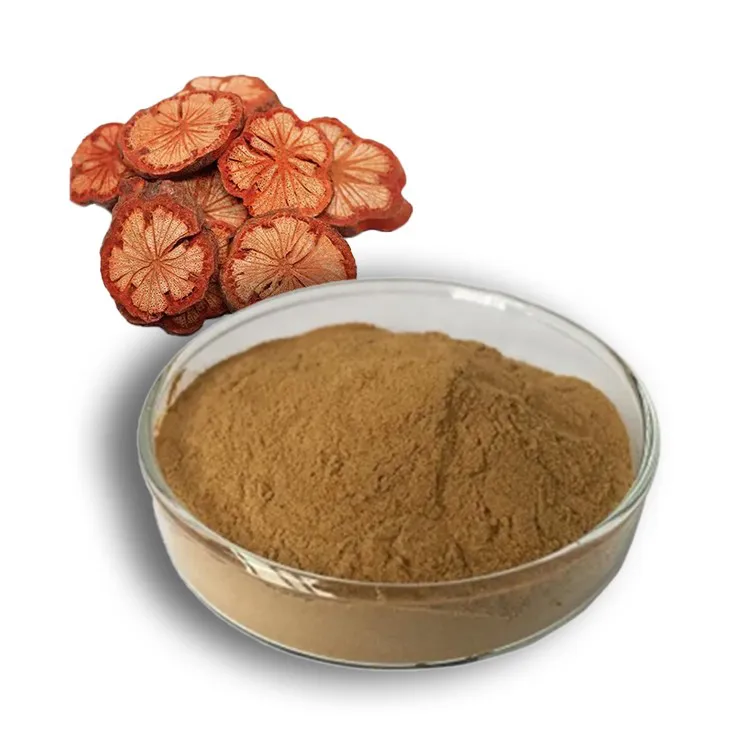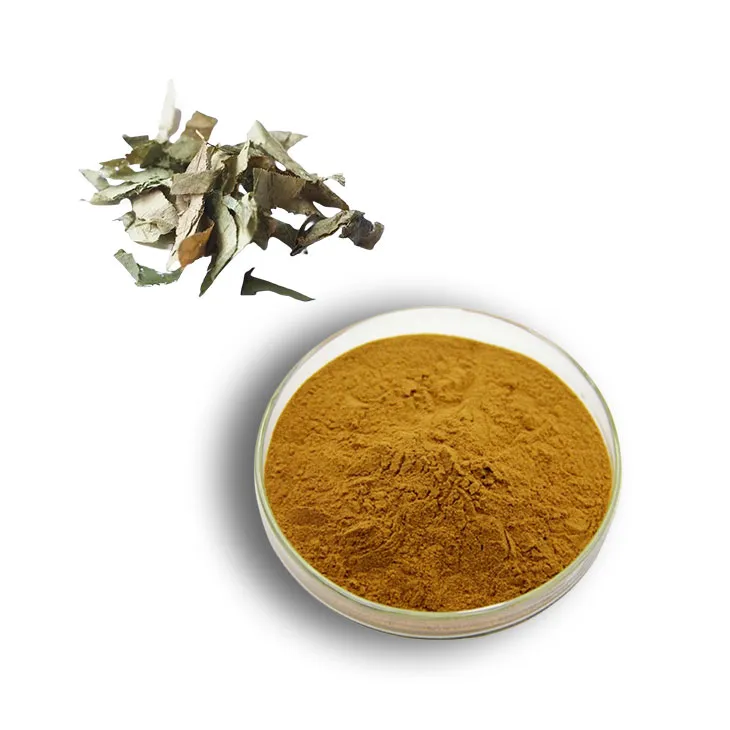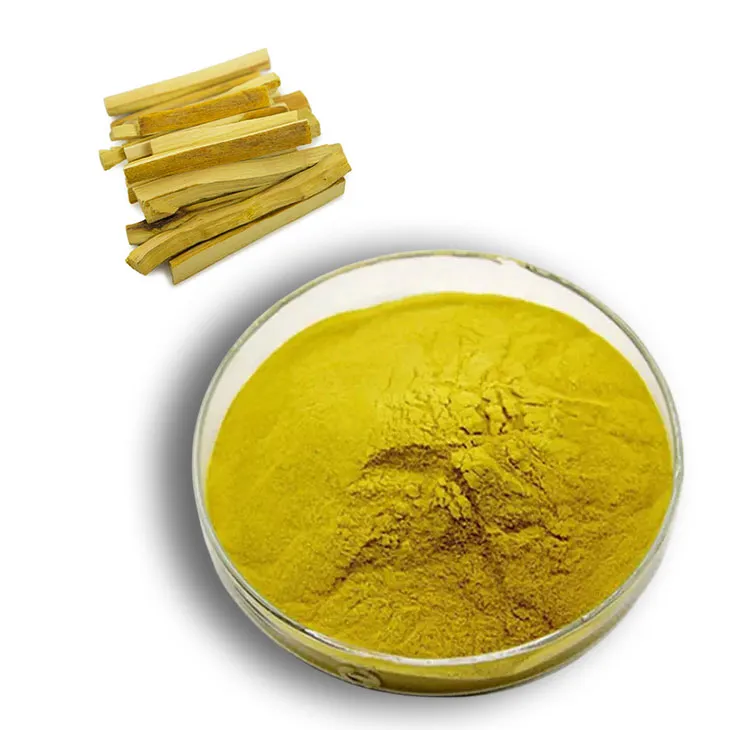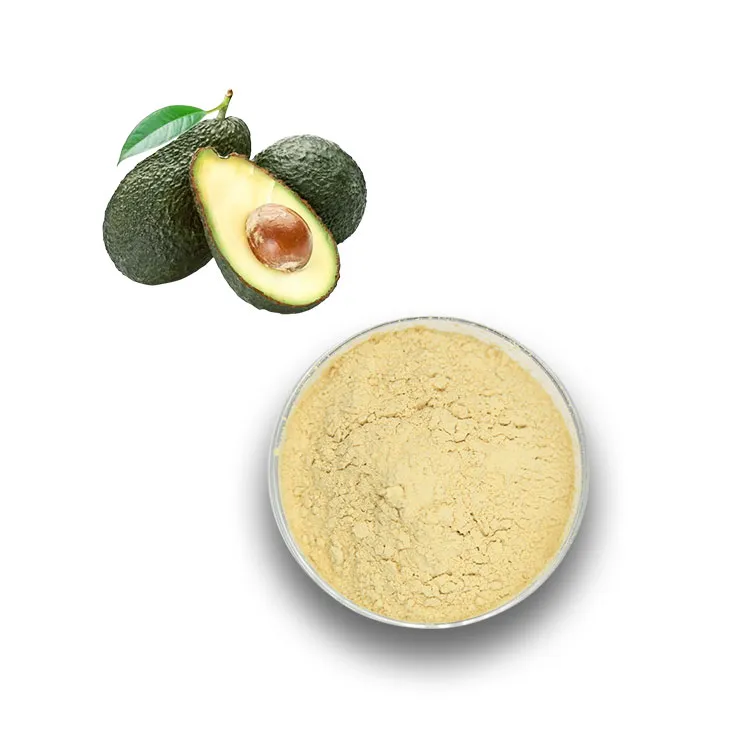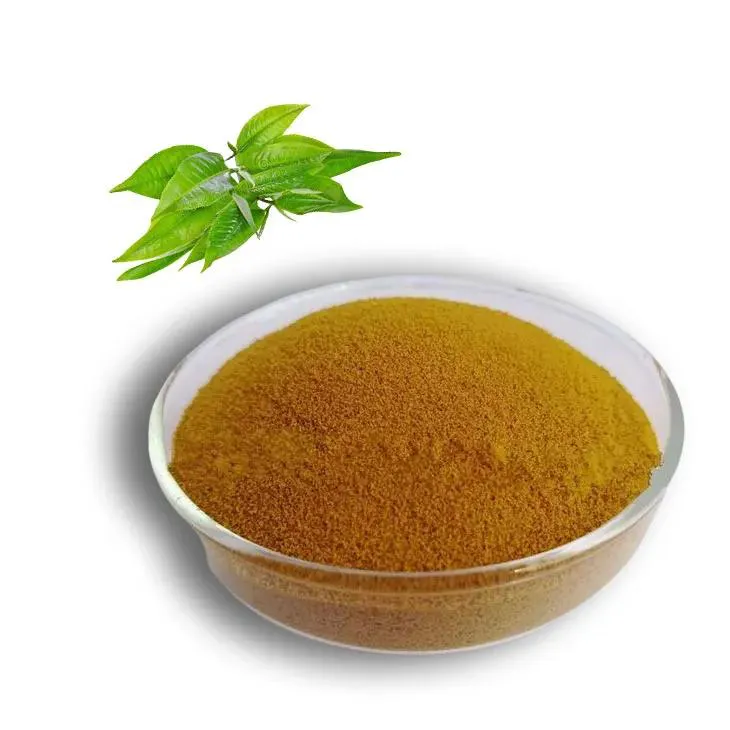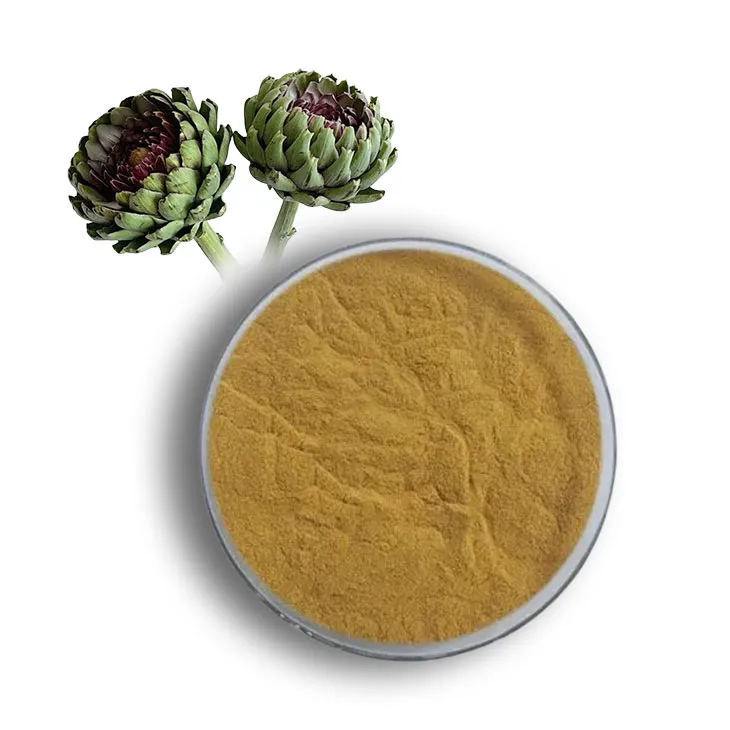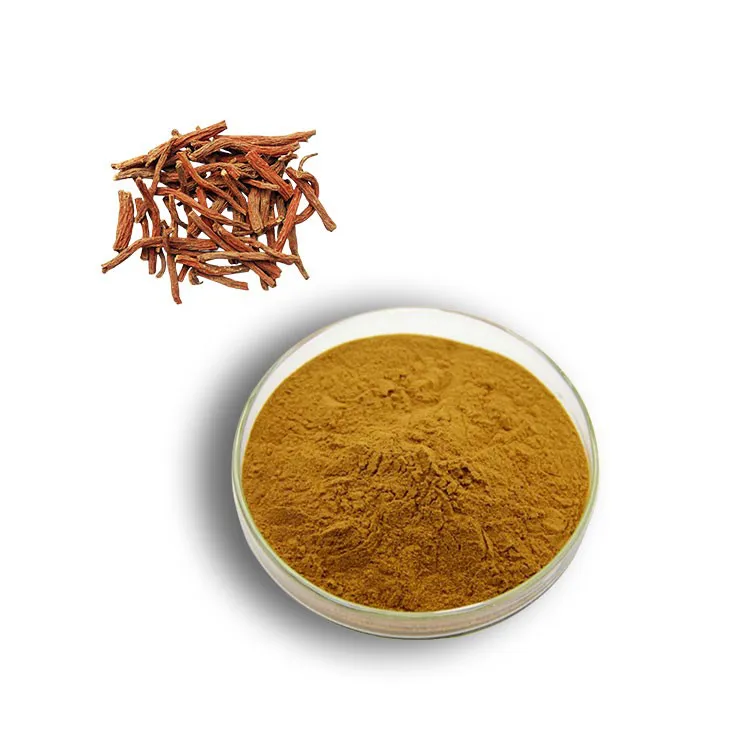- 0086-571-85302990
- sales@greenskybio.com
Preparation process of Paeonia lactiflora Pall. extract.
2024-12-10
1. Introduction
Paeonia lactiflora Pall., commonly known as Chinese peony, has a long history of use in traditional medicine and is also of great interest in other industries such as cosmetics and food. The preparation of its extract is a complex process that requires careful consideration of various factors to ensure the quality and efficacy of the final product.
2. Sourcing of Paeonia lactiflora Pall. Plants
High - quality raw materials are the foundation of a good extract. The first step in the preparation of Paeonia lactiflora Pall. extract is to source high - quality plants.
2.1. Selection Criteria
- Species identification: It is crucial to accurately identify the Paeonia lactiflora Pall. species to avoid confusion with other similar plants. - Growth conditions: Plants grown in suitable environments, such as those with proper soil, sunlight, and water conditions, are generally of better quality. For example, plants grown in well - drained soil with sufficient sunlight tend to have higher content of active ingredients. - Harvest time: The harvest time can significantly affect the quality of the plant. For Paeonia lactiflora Pall., it is usually harvested at a specific stage of growth when the content of the desired compounds is at its peak.
2.2. Different Parts of the Plant
Depending on the desired properties of the extract, different parts of the Paeonia lactiflora Pall. plant can be used. - Roots: The roots are the most commonly used part. They are rich in various bioactive compounds such as paeoniflorin, which has been studied for its anti - inflammatory, analgesic, and antioxidant properties. - Flowers: The flowers may also be used. They contain certain unique compounds that can be beneficial for applications in cosmetics, for example, for their fragrance and potential skin - beautifying effects. - Leaves: Although less commonly used compared to roots and flowers, the leaves of Paeonia lactiflora Pall. may also contain some bioactive substances that can be exploited for specific purposes.
3. Extraction Methods
After sourcing the appropriate Paeonia lactiflora Pall. plants, the next step is the extraction process. There are several common extraction methods, each with its own characteristics.
3.1. Maceration
- Principle: Maceration is a simple and traditional extraction method. It involves soaking the plant material (such as the roots or flowers of Paeonia lactiflora Pall.) in a solvent for an extended period. The solvent gradually penetrates the plant cells, dissolving the soluble compounds. - Procedure: First, the plant material is finely ground or chopped into small pieces. Then, it is placed in a suitable container with a chosen solvent, such as ethanol or water. The container is sealed and left to stand at room temperature for a certain period, which can range from several days to weeks. During this time, the solvent extracts the active ingredients from the plant material. After the maceration period, the mixture is filtered to separate the liquid extract from the solid plant residue. - Advantages and disadvantages: One advantage of maceration is its simplicity and low cost. It does not require complex equipment. However, it is a time - consuming process, and the extraction efficiency may not be as high as some other methods.
3.2. Percolation
- Principle: Percolation is based on the continuous flow of the solvent through the plant material. The solvent is slowly poured over the plant material, which is packed in a column - like device. As the solvent passes through the plant material, it extracts the active ingredients. - Procedure: The plant material is prepared in a similar way as in maceration, by grinding or chopping. It is then placed in a percolator. The solvent is introduced at the top of the percolator and allowed to flow through the plant material under the influence of gravity. The percolated liquid, which contains the extracted compounds, is collected at the bottom. This process can be repeated several times to increase the extraction yield. - Advantages and disadvantages: Percolation can provide a relatively higher extraction efficiency compared to maceration. It also allows for a more continuous extraction process. However, it requires more careful control of the solvent flow rate and the packing of the plant material in the percolator.
3.3. Reflux Extraction
- Principle: Reflux extraction uses the principle of repeated boiling and condensation of the solvent. The plant material and the solvent are placed in a flask with a condenser attached. The solvent is heated to boiling, and the vapors are condensed and returned to the flask, allowing for continuous extraction of the active ingredients. - Procedure: The plant material is added to the flask along with the solvent. The flask is heated on a heating mantle or other heating devices. As the solvent boils, the vapors rise into the condenser, where they are cooled and condensed back into liquid form and return to the flask. This reflux process is maintained for a certain period. After that, the mixture is cooled and filtered to obtain the extract. - Advantages and disadvantages: Reflux extraction can achieve a relatively high extraction efficiency in a shorter time compared to maceration. It also allows for better control of the extraction temperature. However, it requires more complex equipment, such as a reflux condenser and a heating device, and may be more energy - consuming.
4. Concentration and Drying of the Extract
Once the extraction is completed, the resulting extract usually needs to be concentrated and dried to obtain the final product.
4.1. Concentration
- Evaporation: One common method of concentration is evaporation. The extract is heated gently under reduced pressure or at a low temperature to evaporate the solvent. This method helps to reduce the volume of the extract while retaining the active ingredients. However, care must be taken not to over - heat the extract, as some active ingredients may be degraded at high temperatures. - Ultrafiltration: Ultrafiltration is another technique that can be used for concentration. It uses a semi - permeable membrane to separate the solvent from the larger molecules of the active ingredients. This method can be more gentle on the active ingredients compared to evaporation.
4.2. Drying
- Spray Drying: Spray drying is a popular method for drying the concentrated extract. The concentrated extract is sprayed into a hot air stream. The hot air rapidly evaporates the remaining solvent, leaving behind a dry powder. This method is suitable for large - scale production and can produce a fine - particle - sized product. - Freeze Drying: Freeze drying, also known as lyophilization, is another option. The extract is first frozen and then placed in a vacuum chamber. The ice in the extract sublimes (changes directly from solid to gas) under the vacuum, leaving behind a dry product. Freeze - drying can better preserve the structure and activity of the active ingredients, but it is a more expensive process.
5. Quality Control in the Preparation Process
Quality control measures are essential throughout the preparation process of Paeonia lactiflora Pall. extract to ensure the consistency and efficacy of the final product.
5.1. Raw Material Inspection
- Purity: The purity of the sourced Paeonia lactiflora Pall. plants should be checked. This includes ensuring that there are no contaminants such as other plant species, pesticides, or heavy metals. - Identity: As mentioned earlier, accurate identification of the plant species is crucial. This can be done through morphological, microscopic, or molecular methods.
5.2. Extraction Process Monitoring
- Solvent Quality: The quality of the solvent used in the extraction process should be monitored. Any impurities in the solvent can affect the extraction efficiency and the quality of the extract. - Extraction Parameters: Parameters such as extraction time, temperature (in the case of reflux extraction), and solvent - to - plant material ratio should be carefully controlled and monitored. Deviations from the optimal values can lead to variations in the extract composition.
5.3. Product Quality Testing
- Active Ingredient Content: The content of the key active ingredients, such as paeoniflorin in Paeonia lactiflora Pall. extract, should be determined. This can be done using analytical techniques such as high - performance liquid chromatography (HPLC). - Microbial Contamination: Tests for microbial contamination, including bacteria, fungi, and yeasts, should be carried out. The final product should meet the relevant microbiological safety standards. - Stability Testing: The stability of the extract over time should be evaluated. This includes testing under different storage conditions, such as temperature and humidity, to ensure that the active ingredients remain stable and the product retains its efficacy.
6. Conclusion
The preparation of Paeonia lactiflora Pall. extract is a multi - step process that involves careful sourcing of plants, selection of appropriate extraction methods, concentration and drying of the extract, and strict quality control measures. Each step plays a crucial role in ensuring the quality, consistency, and efficacy of the final product. As the demand for Paeonia lactiflora Pall. extract continues to grow in various industries, further research and improvement in the preparation process are still needed to meet the high - quality requirements.
FAQ:
What are the main parts of Paeonia lactiflora Pall. used for extraction?
The different parts of Paeonia lactiflora Pall. can be used for extraction depending on the desired properties of the extract. However, common parts used may include the roots, which are often rich in bioactive compounds relevant for various applications.
What are the advantages of maceration in the extraction of Paeonia lactiflora Pall. extract?
Maceration is a relatively simple and traditional extraction method. It allows for a slow and gentle extraction process, which can help to preserve the integrity of some heat - sensitive compounds in Paeonia lactiflora Pall. The long - term soaking can also ensure a more complete extraction of soluble components.
How is reflux extraction carried out in the preparation of Paeonia lactiflora Pall. extract?
Reflux extraction involves heating the solvent and the plant material together in a closed system. The solvent is continuously recycled back to the extraction vessel through a condenser. This method can increase the extraction efficiency by maintaining a constant temperature and continuous contact between the solvent and the Paeonia lactiflora Pall. plant material.
What are the important quality control measures during the preparation of Paeonia lactiflora Pall. extract?
Quality control measures during the preparation of Paeonia lactiflora Pall. extract include ensuring the quality of the raw plant material, such as its purity and absence of contaminants. During the extraction process, parameters like extraction time, temperature, and solvent - to - material ratio need to be monitored. After extraction, the concentration and drying processes should also be controlled to ensure the final product meets the required standards for consistency and efficacy.
Why is concentration and drying important in obtaining the final Paeonia lactiflora Pall. extract?
Concentration and drying are important steps in obtaining the final Paeonia lactiflora Pall. extract. Concentration helps to increase the concentration of the active compounds in the extract, while drying helps to remove the solvent completely and obtain a stable, solid or semi - solid product. This also helps in storage and further formulation of the extract.
Related literature
- “Extraction Techniques for Medicinal Plants: A Review with Emphasis on Paeonia lactiflora Pall.”
- “Quality Control in the Preparation of Herbal Extracts: The Case of Paeonia lactiflora Pall. Extract.”
- ▶ Hesperidin
- ▶ Citrus Bioflavonoids
- ▶ Plant Extract
- ▶ lycopene
- ▶ Diosmin
- ▶ Grape seed extract
- ▶ Sea buckthorn Juice Powder
- ▶ Fruit Juice Powder
- ▶ Hops Extract
- ▶ Artichoke Extract
- ▶ Mushroom extract
- ▶ Astaxanthin
- ▶ Green Tea Extract
- ▶ Curcumin
- ▶ Horse Chestnut Extract
- ▶ Other Product
- ▶ Boswellia Serrata Extract
- ▶ Resveratrol
- ▶ Marigold Extract
- ▶ Grape Leaf Extract
- ▶ New Product
- ▶ Aminolevulinic acid
- ▶ Cranberry Extract
- ▶ Red Yeast Rice
- ▶ Red Wine Extract
-
Senna Leaf Extract
2024-12-10
-
Clove Powder
2024-12-10
-
Uridine-5'-monophosphate Disodium salt
2024-12-10
-
Red Vine Extract
2024-12-10
-
Epimedium extract powder
2024-12-10
-
Berberis aristata Extract
2024-12-10
-
Avocado Extract Powder
2024-12-10
-
Green Tea Extract
2024-12-10
-
Artichoke Leaf Extract
2024-12-10
-
Dan Shen Root Extract/Salvia Root Extract
2024-12-10











